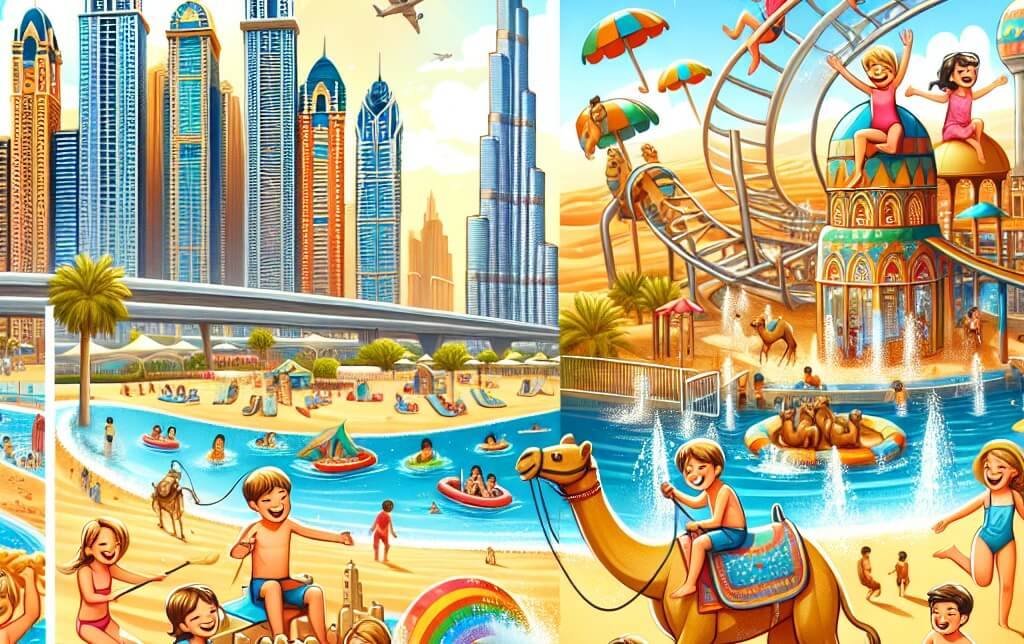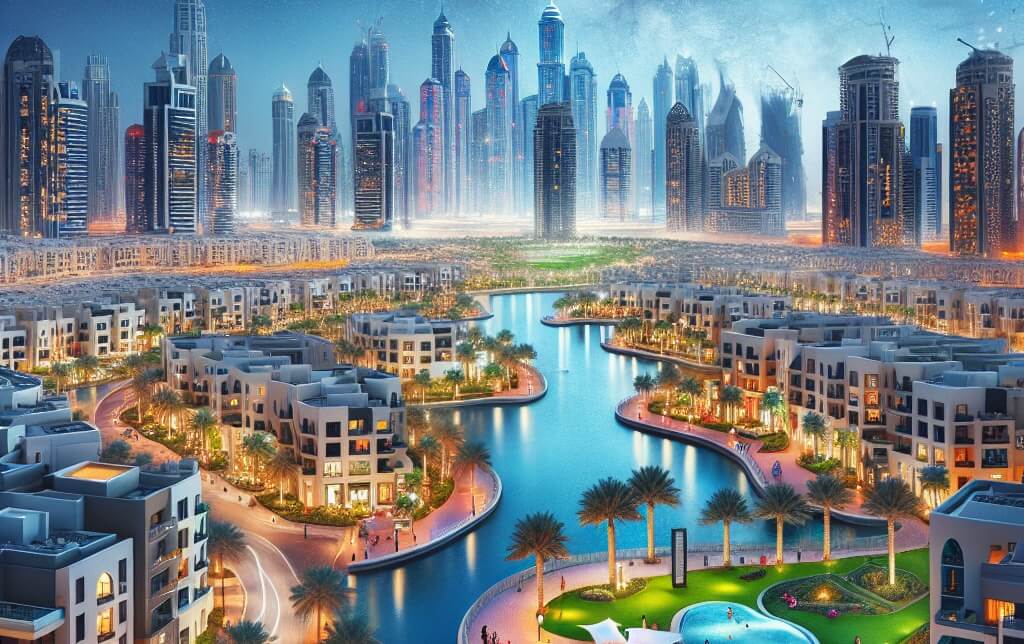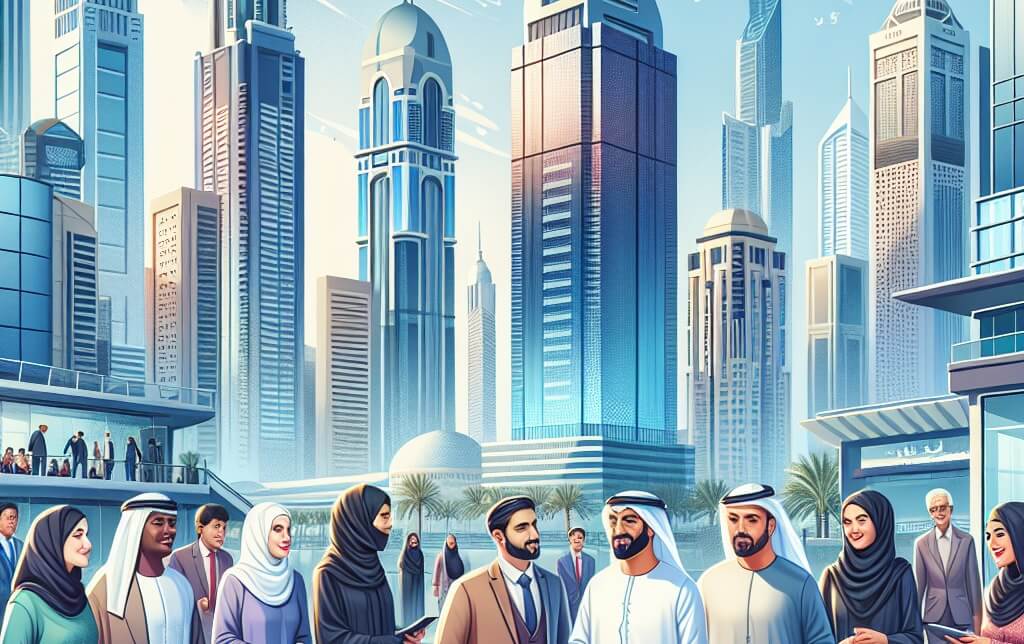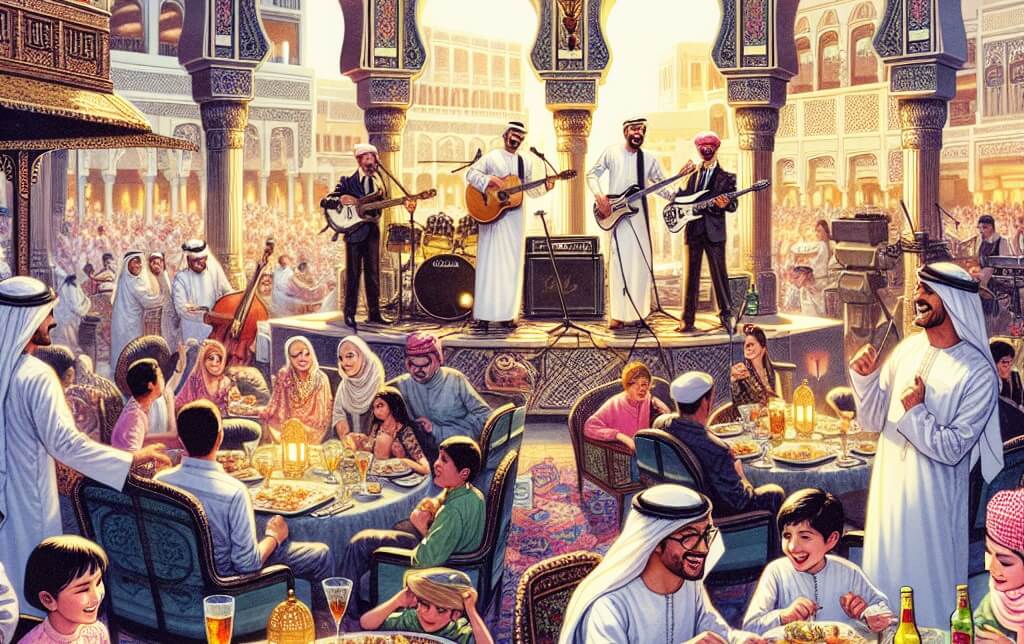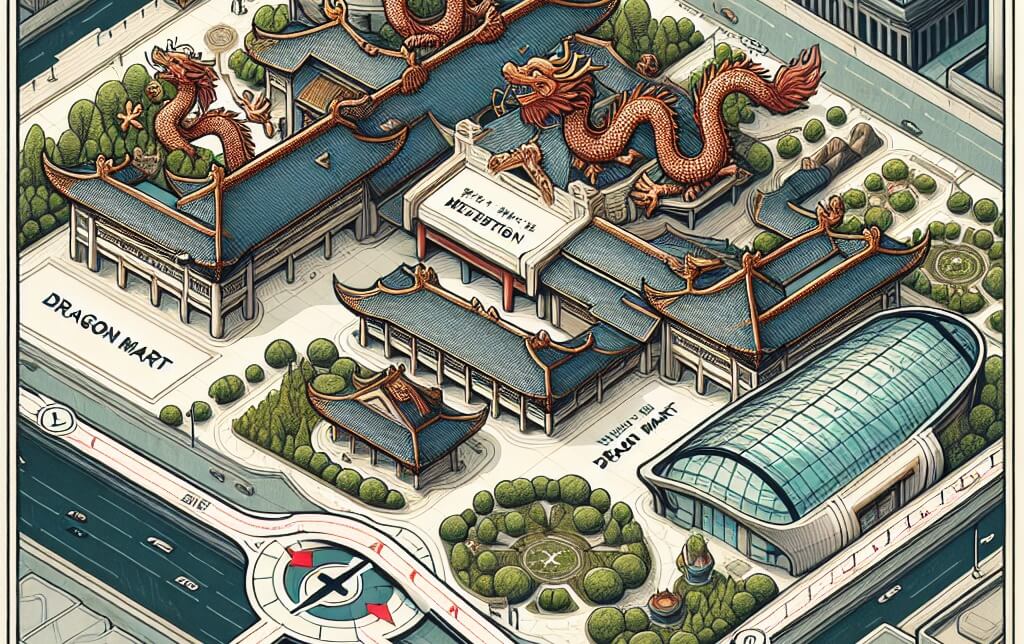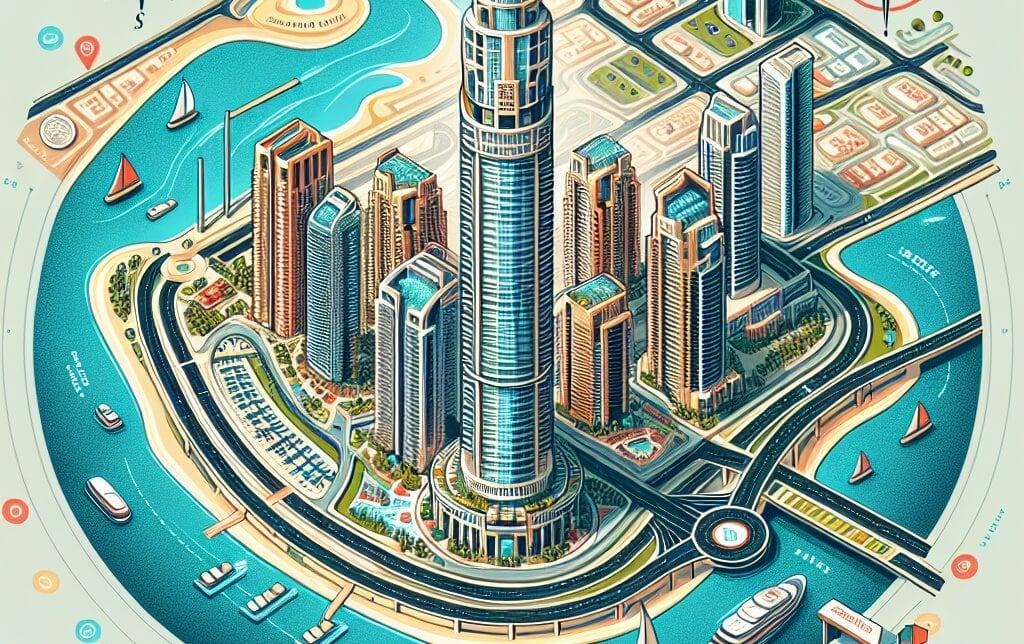
Dubai Metro Map Green Line: Routes, Stations, and Timetables
The Dubai Metro Green Line provides an efficient and convenient mode of transportation for residents and tourists alike, connecting key areas of the city with its comprehensive network of stations. The Green Line consists of 20 stations, starting from Etisalat Station in Al Qusais and ending at Creek Station in Al Jaddaf. Some of the notable stations along the route include Union Square, Dubai Healthcare City, and Dubai Creek. The timetable for the Green Line ensures frequent and reliable service throughout the day, with trains running at regular intervals to accommodate the needs of passengers. Traveling on the Dubai Metro Green Line offers a cost-effective and time-saving option for navigating the bustling city of Dubai.
Introduction
The introduction of the Dubai Metro Green Line serves as a critical component of the city's public transportation network, providing a vital link between key areas within Dubai. With 20 stations spanning across 22.5 kilometers, the Green Line offers residents and tourists a convenient and efficient mode of travel, connecting major landmarks such as Dubai Creek, Dubai Healthcare City, and Dubai International Airport. This modern and reliable metro line not only eases traffic congestion but also promotes sustainable urban development by encouraging the use of public transportation. The introduction of the Dubai Metro Green Line marks a significant milestone in enhancing the connectivity and accessibility of the city, contributing to its reputation as a global hub for business, tourism, and culture.
Overview of the Dubai Metro System
The Dubai Metro System is a modern and efficient public transportation network that serves the city of Dubai in the United Arab Emirates. The system consists of two lines, the Red Line and the Green Line, each offering convenient and reliable service to residents and visitors alike. The Green Line, which is one of the two lines on the Dubai Metro map, spans across 22 stations, connecting key areas such as deira and bur dubai. The Green Line provides easy access to popular destinations such as Dubai Creek, Dubai Museum, and Dubai Healthcare City. With state-of-the-art facilities, air-conditioned trains, and frequent service, the Dubai Metro System is a popular choice for commuters looking for a convenient and sustainable way to travel around the city.
Green Line: Key Facts
The Green Line of the Dubai Metro is an important component of the city's public transportation system, connecting key areas such as deira and bur dubai. It spans a total length of 22.5 kilometers and consists of 20 stations, providing commuters with convenient access to various commercial, residential, and cultural destinations. The Green Line operates from 5:30 am to 12:00 am on weekdays and from 10:00 am to 12:00 am on Fridays. It is a vital link in Dubai's integrated transportation network, offering a reliable and efficient mode of travel for residents and visitors alike.
Stations on the Green Line
The Green Line of the Dubai Metro features a total of 20 stations that span from Etisalat to Creek. Some notable stations on this line include Al Qusais, Stadium, Al Fahidi, and Dubai Healthcare City. These stations serve as vital transportation hubs connecting various key areas of Dubai, facilitating convenient and efficient travel for residents and visitors alike. Each station is strategically located to provide easy access to popular destinations, commercial centers, and residential areas along the Green Line route. The comprehensive network of stations on the Green Line plays a crucial role in enhancing the overall connectivity and accessibility of Dubai's public transportation system.
Impact on Public Transport
The impact of the Dubai Metro Green Line on public transport in the city has been significant. Since its inception, the Green Line has provided a crucial link between key residential and commercial areas, easing congestion on the roads and reducing the carbon footprint of daily commuters. The introduction of this line has enhanced the overall accessibility and connectivity of the public transport network in Dubai, offering residents and visitors a convenient and efficient mode of transportation. With its modern infrastructure, reliable service, and strategic route planning, the Dubai Metro Green Line has undoubtedly played a vital role in promoting sustainable urban mobility and improving the overall quality of public transport in the city.
Integration with Other Lines
The integration of the Dubai Metro Green Line with other lines plays a crucial role in enhancing the overall efficiency and accessibility of the public transportation system in the city. By seamlessly connecting with the Red Line at key interchange stations such as Union Square and BurJuman, passengers are provided with convenient transfer options that enable them to reach their destinations with ease. This integration not only promotes a more interconnected network but also facilitates smoother and more streamlined travel experiences for commuters. Additionally, the integration of the Green Line with other modes of transportation, such as buses and trams, further enhances the accessibility and connectivity of the public transport system, ultimately contributing to the overall success and effectiveness of Dubai's transportation infrastructure.
Case Study: Passenger Hour on the Green Line
The case study on Passenger Hour on the Green Line of the Dubai Metro map provides valuable insights into the transportation patterns and usage of this particular line. By analyzing the passenger data over specific time periods, such as peak hours and off-peak hours, transportation authorities can better understand the demand for services and optimize scheduling to accommodate the needs of commuters. This information is crucial for ensuring efficient operations and improving the overall passenger experience on the Green Line. By studying the Passenger Hour on the Green Line, transportation authorities can make informed decisions to enhance service quality and meet the growing demand for public transportation in Dubai.
Future Developments and Expansion
In terms of future developments and expansion of the Dubai Metro Green Line, several key projects are currently in the planning stages. These developments aim to enhance the efficiency and capacity of the existing metro network, catering to the growing population and increasing demand for public transportation in Dubai. Proposed expansions include the addition of new stations along the Green Line, as well as the integration of the metro network with other modes of transport to create a seamless and interconnected transportation system. Furthermore, efforts are being made to improve the frequency and reliability of services, as well as to incorporate sustainable and innovative technologies to reduce the environmental impact of the metro system. Overall, the future developments and expansion of the Dubai Metro Green Line are crucial in ensuring the continued success and effectiveness of the public transportation network in Dubai.
Conclusion
In conclusion, the Dubai Metro Green Line serves as an essential component of the city's public transportation system, providing convenient and efficient connectivity to various key locations across Dubai. The line's strategic route design and integration with other modes of transport contribute significantly to easing traffic congestion and reducing carbon emissions in the city. The Green Line's stations are strategically located to serve residential areas, commercial hubs, and tourist attractions, making it a vital transportation option for both residents and visitors. Overall, the Dubai Metro Green Line plays a crucial role in enhancing the overall mobility and sustainability of Dubai's transportation network.



